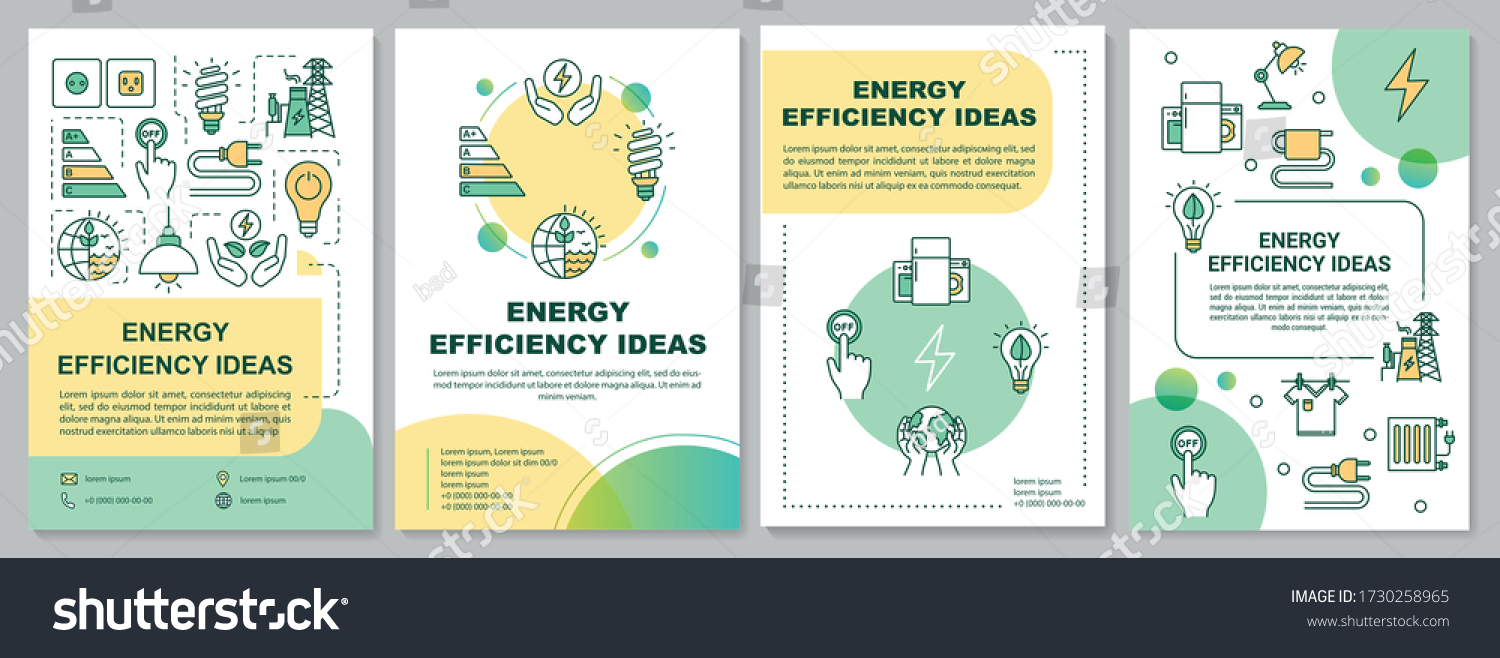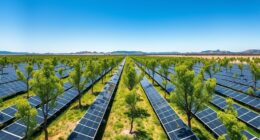
Enhancing energy efficiency offers a multitude of benefits. These include reducing air pollution, lowering energy expenses, and decreasing greenhouse gas emissions. Energy efficiency provides long-term savings as well. Check out some tips below on how to save energy at home. By following these simple suggestions, you can achieve significant energy savings in the long run.
Reduces air pollution
Energy efficiency is a way to reduce energy consumption and reduce air pollution. The United States accounts for 21% of global CO2 emissions, and aviation and motor gasoline emit the bulk of that. Reformulated gasoline has lower sulfur levels which reduces the emissions from both new and older vehicles. The reduction of energy consumption will result in cleaner skies, which will prevent 300 premature deaths a year.
Energy efficiency can be good for the environment and for the bottom line for energy-intensive businesses. For example, one of the leading companies in the energy sector, Hitachi Energy, has partnered with U4E to improve the efficiency of distribution transformers in developing nations.
While the exact number of emissions prevented by energy efficiency varies from place to place and from program to program, current estimates indicate a significant reduction in ambient air pollution. For example, the UK’s Committee on Climate Change examined the impact of an energy-efficiency initiative that included measures such as draught-proofing and improving insulation. According to the report, the energy-efficient improvements would save enough electricity to power three million homes and prevent the emissions from 800,000 cars a year.
Energy-efficient buildings and appliances use less energy to perform the same tasks. They produce less waste and help consumers save money. Energy-efficient buildings and homes use less energy to produce goods. It is one of most cost-effective methods to combat climate change. It lowers energy costs for consumers, and increases the competitiveness of U.S. companies.
Lowers energy bills
Energy efficiency reduces energy consumption by using less energy for the same task. This can reduce monthly costs and also help the environment. Many products and homes today consume more energy than they use to perform their jobs. Although energy efficient products are more expensive to purchase initially, they can save you money over the long-term. An example: A heat pump water heater that is energy efficient costs $700 more than a standard electric heater, but can save you up to $3500 over its lifetime. The monthly energy savings that will be made each month outweigh the higher price.
You need to learn how to make the most of your home’s energy efficiency. Many homes can be upgraded to reduce energy usage. Some utilities have free energy assessment programs, which can be used to determine which systems would benefit your home the most. These programs can also be very helpful if you have multiple family properties. Tri-County Regional Energy Network, for example, offers rebates to multi-family properties. These programs can help reduce your energy bills, lower utility costs, and increase local economies by creating sustainable jobs.
Your household can save between 5 and 30% on their energy bills each year by investing in energy efficiency. Energy efficiency will save households $840 annually by 2030. It also makes new appliances more affordable. For example, new refrigerators use 75 percent less energy and cost about half what they did in the 1970s. New Energy Star clothes washers also save around one-fourth as much energy and water as their predecessors.
Reduces greenhouse gas emissions
There are many ways to reduce your greenhouse gas emissions. One of the most effective ways is by recycling. Recycling reduces your consumption of raw materials, and helps prevent pollution in landfills. Recycling will reduce the amount of raw materials required to make new products. It also reduces carbon dioxide emissions into the atmosphere.
The emissions trading program in California, which was launched in 2013, is one major policy to reduce greenhouse gas emissions. It is the fourth-largest in the world. The three leading emissions trading systems are the European Union, China, and the Republic of Korea. The California experience has given the rest of the world insight on the best way to design an economy-wide emissions trading system.
Another way to reduce emissions is to build more dense neighborhoods and use public transit. Public transportation is more efficient than driving. Using mass transit allows more people to live and work in dense areas, which decreases the need for cars. It also speeds up travel times, which reduces greenhouse gas emissions.
GHG emissions can also be reduced by fertilizers. A study found that the use of nitrogen (N) and P2O5 reduced GHG emissions. Lower rates of nitrogen were associated with a greater reduction in GHG emissions. Higher fertilizer rates were associated with higher GHG emissions reductions and higher yield gains.
Improves sustainability
Energy efficiency can make a significant difference in the sustainability and viability of a production system. It can also increase profitability and reduce costs in an energy-intensive industry. The key is to make energy-efficient systems a central part of the entire production process. This involves improving technology and processes, as well as encouraging positive changes in people’s behaviour.
A company’s image and customer loyalty can be enhanced by improving sustainability. Studies show that consumers are increasingly conscious of the social and environmental impact of their purchases, and they’re more likely to choose businesses with good social and environmental impact. This means that implementing a sustainability strategy can strengthen a company’s brand and help it gain a competitive edge.
A company’s carbon footprint can be reduced by increasing energy efficiency. In the US alone, a company could save $1.2 trillion by improving energy efficiency. This potential would be possible only if $520 billion is spent. Moreover, the cost-effectiveness of energy efficiency projects is often high – the highest-priced options can still have a positive NPV over their lifetime.
Energy efficiency not only helps the environment but also increases community resilience. It can provide new technologies and infrastructure to underserved areas and reduce energy costs. For example, communities of color are disproportionately affected by air pollution and have a higher energy burden. This burden is calculated based on how much of a household’s gross income is used for energy. It is also important to improve energy efficiency in order to combat climate change. By decreasing energy consumption, homes are better equipped to shift to renewable sources of energy.
Increasing energy efficiency can reduce greenhouse gases emissions and pollutants, reduce water use, and create new jobs. It can also stabilize electricity prices and reduce volatility by decreasing the need for new power generation and transmission infrastructure. It can also hedge against volatile fuel prices.
Hi, I’m Emma. I’m the Editor in Chief of Tiny House 43, a blog all about tiny houses. While tree houses are often associated with childhood, they can be the perfect adult retreat. They offer a cozy space to relax and unwind, surrounded by nature. And since they’re typically built on stilts or raised platforms, they offer stunning views that traditional homes simply can’t match. If you’re looking for a unique and romantic getaway, a tree house tiny house might just be the perfect option.










